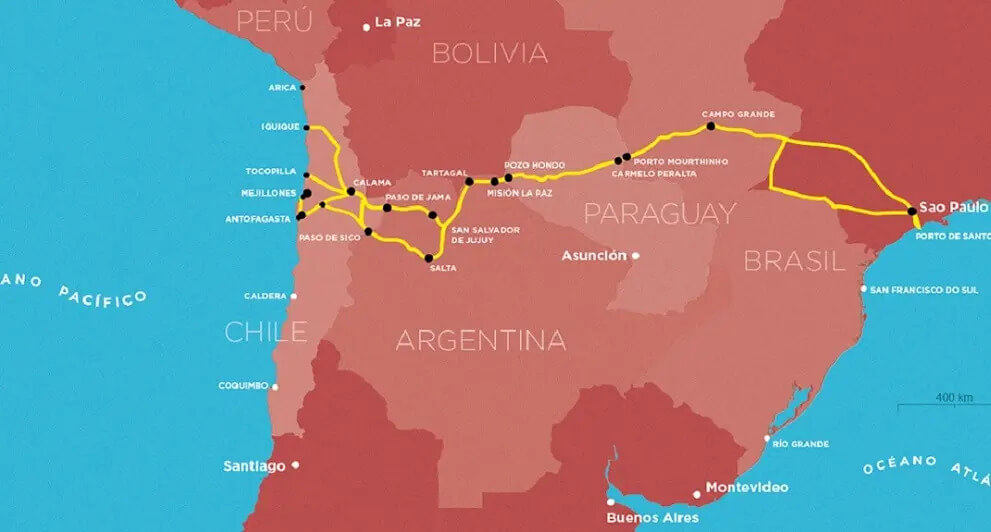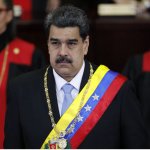Cry for me Argentina

The Serious Fall of an Economic Giant
eyesonsuriname
Amsterdam, 23 April, 2025–Argentina was considered one of the ten wealthiest countries in the world in the early 20th century.
It was a land of gauchos, tango, impressive agricultural production, and industrial progress.
But today, Argentina is the symbol of a lost economic dream: a country trapped in a vicious cycle of hyperinflation, debt crises, and political instability.
Argentina’s story is not only one of economic failure but also of resilience, creativity, and the constant search for an identity in a world that often seems indifferent.
Once a World Power: From Prosperity to Decline
In the early 20th century, Argentina was an economic giant. It was an agricultural powerhouse, particularly in grain and beef production, and Buenos Aires was one of the largest and most modern cities in the world. Prosperity was high, and the standard of living was above that of many European nations.
However, political instability, with long periods of dictatorship and military intervention in politics, hampered progress. The country’s economic development was often interrupted by internal conflicts, such as the struggle between the labor movement and the elite, as well as its continued reliance on global markets.
The Perón Era: Social Politics and the Rise of a Leader
One of the most iconic figures in Argentina’s history is Juan Domingo Perón, the president who left a lasting mark on the country between 1946 and 1955, and again in the 1970s. Perón was a charismatic leader who centered national policies on social justice, labor rights, and industrialization. Together with his wife, Eva Perón, he became a symbol of the poor and working class. The Peronist movement would later define the political identity of many Argentinians.
However, Peronism was also accompanied by economic overstretch, labor market control, and populist measures that ultimately proved unsustainable. The first major economic crisis occurred in the early 1950s, leading to Perón’s ousting in 1955.
The Military Dictatorship and Its Consequences
In the 1970s, Argentina fell under military rule, which led to the “Dirty War”, during which tens of thousands of Argentinians were disappeared, imprisoned, or killed by the government. The military junta’s aim was to stabilize the economy, but in reality, the situation worsened: the country fell into hyperinflation and poverty, while social costs were enormous.
After returning to democracy in 1983, Argentina found itself in a deep economic crisis. High foreign debt, inefficiency in state-owned enterprises, and a broken political system meant the country could not escape the crisis.
Financial Crises and the Vicious Cycle of Hyperinflation
The 1990s were characterized by radical reforms under President Carlos Menem, who embraced neoliberal policies and opened the country to the global market. However, the move to peg the peso to the US dollar led to an economic crash in 2001. The country defaulted, with the largest debt crisis in Latin American history. Argentina was plunged into a state of despair, with thousands of people taking to the streets to protest social injustice and economic misery.
After the crisis, the country began to slowly recover, but the 2001 crisis left deep scars in the collective memory. The following decades were marked by ups and downs in economic recovery.
The Current Situation: Hyperinflation, Political Chaos, and the Search for Recovery
Today, Argentina is once again grappling with hyperinflation and enormous debt. The new president, Javier Milei, elected in 2023, promised drastic reforms to end the crisis. But political division is deep, and the road to economic stability remains unclear.
Internal chaos is exacerbated by persistent social inequality, which continues to plague Argentina: the rich get richer, while the poor sink further into debt. The class divides and regional differences remain a fault line in Argentine society.
Argentine Culture: From Vineyards to Poetry
Argentina is known not only for its political and economic changes but also for its rich cultural contributions. The country has an outstanding literary tradition, with writers like Jorge Luis Borges pushing the boundaries of the Spanish language.
Argentina is also famous for its wine production, with some of the world’s best wines coming from regions around Buenos Aires. The Argentine cuisine, influenced by indigenous and European traditions, has its own identity, with dishes like empanadas, pastel de choclo, and asado being central to daily life.
Of course, football is the nation’s passion, with legendary players like Diego Maradona and Lionel Messi. Not to forget Alfredo di Stefano, the Blond Arrow, who also played for Real Madrid and probably the greatest of them all.
The National pride and the spirit of Argentina often find expression through sport and culture, which continue to thrive despite the uncertain economic future.
Why This Matters for Suriname and the Region
Argentina is a strategic player in South America, both economically and culturally. The challenges it faces are representative of many Latin American countries struggling with debt, political instability, and inequality. Suriname can learn from Argentina’s experience in surviving economic crises as well as the important role of culture and sport in national fabric.









